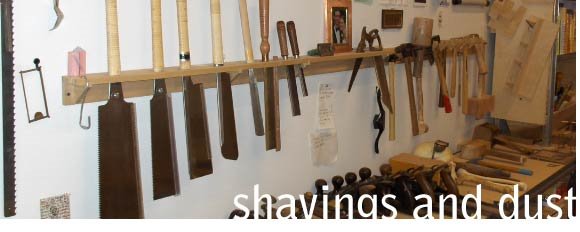Snow always makes me think about The King and I. I realise now as I type that is maybe not quite a linear connection, but it goes like this: In 1999 I was designing scenery for a national tour of King and I. The Technical Rehearsals were held in the auditorium at West Point Military Academy that summer. The students who were going to be first year students that fall were there, going through some kind of boot camp experience that looked not at all fun to me. I would see them when I went out to loading dock to smoke cigarrettes all suited up in camoflage, with great big packs on their backs running up and down the hills in the late summer Hudson Valley heat. It occurs to me now that many of those students probably ended up in the Middle East a couple of years later. They were such children when I saw them, of course, and I wonder how many of them are still alive, and how fast they had to grow up.
Hm.
 Where was I? Oh, right, King and I. It ended up touring the country for about 4 years and then went to asia (where it is apparently a big hit) and then South America, somewhere. Truthfully, I find the idea of a couple of thousand folks in Thailand watching a bunch of Americans in a 1950's American musical about mid-nineteenth century Thailand to be absurd in the extreme, but there it is.
Where was I? Oh, right, King and I. It ended up touring the country for about 4 years and then went to asia (where it is apparently a big hit) and then South America, somewhere. Truthfully, I find the idea of a couple of thousand folks in Thailand watching a bunch of Americans in a 1950's American musical about mid-nineteenth century Thailand to be absurd in the extreme, but there it is.There is a scene in the show in which Anna, the lead, is explaining to these royal children about snow, and there is this huge fight in which they say they do not believe her. The King comes in and tells them all that if Anna says there is snow, then there is snow, and that they had better listen to her, so there. The stage is silent, and then the youngest of the children (she was really very very cute, about five, and small for her age. Always smiling, just a great kid. I liked her even before my biological clock went kerflooey and made me start crying at Pampers commercials. You think I am kidding. Where was I? Oh, right, the little girl) walks up and says to her father (and this is taken directly from the script. A lot of it was written in what passed for "dialect" or something in the 1950's) "I believe in suh-no." It is a sweet moment, one that speaks of a daughter's blind devotion to her father.
So whenever I see snow, the first thing that flashes through my mind is that line said by that teeny little girl. Boy, I believe in suh-no today, you bet. And I am about to have to go and shovel more of that shit. Jesus.
So here I sit, at home when my whole body thinks I should be in the studio. Not Making is an interesting contrast to Making, and so I am thinking about that this snowy morning. Working with my hands provides shelter in so many ways, it is a comfort to do something that I do well, it is affirming to create pieces that are (I think) beautiful, it is humbling to be in the presence and work with tools and materials that are decades and decades older than I am. I had a great day in the studio yesterday, with a couple of moments of actual giddiness. I am working on a floor lamp, and it took some really great turns. I was grinning like a fool as I soldered copper pipe together, heat fusing the components in a really satisfying way as the solder went from solid to shimmery liquid and back.
Instead, the suh-no says "stay at home." So I will have to make in a different way today. I can make a blog post, for example, which I have been meaning to do for a few days now. I can make a clean kitchen. Perhaps I will make a letter or two, or maybe some music. There is making to do here, and in the end, I am glad that the suh-no is here to remind me of that. I learn slowly, but I am trying to learn. Perhaps I will start by making tea.

